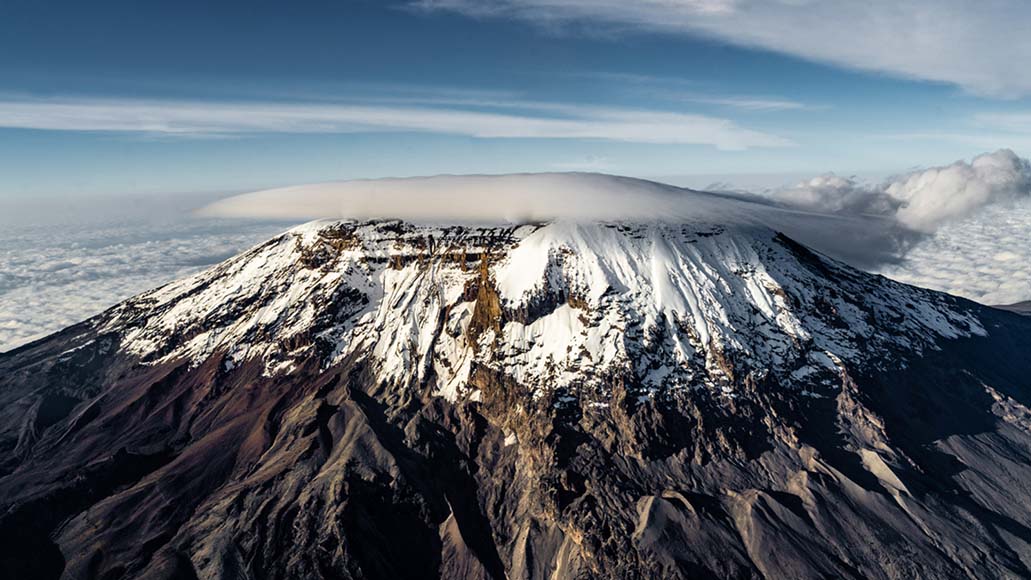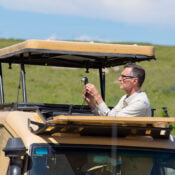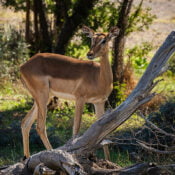Final check list for Kilimanjaro climbing packing guide

Final check list for Kilimanjaro climbing packing guide
Essential Clothing and Footwear
When preparing for a Kilimanjaro climb, selecting the right clothing and footwear is paramount to ensuring both comfort and safety throughout the journey. The key to effective clothing choices lies in mastering the art of layering, which involves three primary layers: base layers, insulating layers, and outer shell layers.
The base layer serves as your first line of defence against moisture. Opt for moisture-wicking materials like merino wool or synthetic fabrics that draw sweat away from your skin, keeping you dry and reducing the risk of hypothermia. A long-sleeve top and long underwear are essential items in this category.
Next, the insulating layer is crucial for retaining body heat. Fleece jackets, down vests, or synthetic insulated jackets are excellent choices. These materials provide warmth without adding excessive bulk, allowing for greater mobility. Remember, the insulating layer should be easily removable to adapt to changing weather conditions.
The outermost shell layer is designed to protect you from wind, rain, and snow. A high-quality waterproof and windproof jacket and pants are indispensable. Look for gear with breathable membranes, such as Gore-Tex, that prevent moisture buildup inside while shielding you from external elements.
Footwear is equally critical. Invest in sturdy, waterproof hiking boots with excellent ankle support. Ensure your boots are well broken in before the climb to prevent blisters and discomfort. Pair your boots with moisture-wicking socks made of wool or synthetic blends to keep your feet dry and warm.
Additional accessories are also important. Pack thermal gloves and a warm hat to protect your extremities from the cold. Gaiters are useful for keeping debris and moisture out of your boots, especially during the ascent through snow or muddy terrain.
Lastly, breaking in all new gear is crucial. Wear your boots during hikes several weeks before the climb, and test your layers in various weather conditions. This ensures your gear is comfortable and functional, reducing the risk of injury or discomfort during the climb.
Camping and Sleeping Gear
Embarking on a Kilimanjaro trek demands thorough preparation, especially when it comes to camping and sleeping gear. The right equipment ensures a comfortable and safe experience in the challenging high-altitude conditions. Key items to prioritize include tents, sleeping bags, sleeping pads, and pillows, all of which should be selected based on their suitability for the mountain’s environment.
Selecting a tent that can withstand the harsh weather conditions on Kilimanjaro is crucial. Opt for a durable, four-season tent capable of withstanding strong winds, heavy rain, and low temperatures. A tent with a robust frame and waterproof fabric will provide the necessary shelter and protection throughout your trek.
Equally important is a sleeping bag designed for extreme cold. Choose a sleeping bag with a temperature rating of at least -10°C to -15°C (14°F to 5°F), ensuring you remain warm during the freezing nights. Down-filled sleeping bags are often recommended due to their superior insulation and compactness, but synthetic options can also be effective and more resistant to moisture.
A quality sleeping pad is indispensable for insulation and comfort. Look for a lightweight, inflatable sleeping pad with a high R-value, indicating excellent insulation properties. This will help prevent the cold from the ground seeping into your sleeping bag, contributing to a restful night’s sleep.
While pillows might seem like a luxury, they can significantly enhance your comfort. Consider a compact, inflatable travel pillow, which is easy to pack and provides adequate neck support. Additionally, earplugs can be beneficial for light sleepers, helping to block out ambient noise from the campsite.
To minimize the burden of carrying heavy gear, prioritize lightweight and compact options without compromising on quality and durability. This balance is essential for maintaining energy levels and ensuring a successful ascent. With the right camping and sleeping gear, you’ll be better prepared to face the challenges of Kilimanjaro and enjoy the adventure to its fullest.
Food, Water, and Cooking Supplies
Proper nutrition and hydration are critical to a successful Kilimanjaro climb. High-calorie, nutritious, and easy-to-prepare meals are essential to sustain energy levels throughout the trek. Opt for foods that provide a balanced mix of carbohydrates, proteins, and fats. Energy bars, dried fruits, nuts, and instant meals are highly recommended due to their convenience and nutritional value. These items are lightweight and pack a significant calorie punch, making them ideal for high-altitude trekking.
In addition to solid foods, it is essential to stay hydrated. Carrying enough water containers is crucial, as staying hydrated helps in acclimatization and maintaining physical performance. It is recommended to drink at least 4-5 litres of water per day during the climb. To ensure the water is safe for consumption, bring water purification methods such as filters and tablets. Water filters can remove bacteria and protozoa, while water purification tablets can kill viruses and bacteria effectively. Having both methods ensures you have clean drinking water at all times.
Cooking supplies are another critical component of your packing list. A portable stove is necessary for heating water and preparing meals. Ensure you carry sufficient fuel to last the entire journey. Lightweight cookware, such as pots and pans made from aluminium or titanium, are ideal due to their durability and heat distribution properties. Don’t forget essential utensils, including a spork, a small knife, and a lightweight cutting board. A reliable ignition source, like waterproof matches or a lighter, is also indispensable.
To summarize, bringing the right food, water, and cooking supplies can make a significant difference in your Kilimanjaro climb. Prioritize high-calorie, easy-to-prepare meals, ensure access to clean drinking water, and pack efficient cooking equipment to enhance your overall trekking experience.
Health, Safety, and Miscellaneous Items
Embarking on a Kilimanjaro expedition requires meticulous preparation, particularly in the realm of health, safety, and essential miscellaneous items. Ensuring you have a comprehensive first aid kit is paramount. This kit should include altitude sickness medication to combat the effects of high altitude, along with pain relievers, bandages, and antiseptics to address minor injuries and prevent infections. These medical supplies are non-negotiable, given the unpredictable nature of high-altitude trekking.
Personal hygiene is equally important to maintain health and comfort during the climb. Biodegradable soap is recommended to minimize ecological impact. Additionally, wet wipes and hand sanitiser serve as practical alternatives when water resources are limited. These items help maintain hygiene standards, reducing the risk of illness.
Safety gear is another critical category that should not be overlooked. A reliable headlamp is indispensable for navigating the trails during early morning or late evening hours. Trekking poles are beneficial for maintaining balance and reducing strain on your joints, especially on steep or uneven terrain. Navigation tools, such as a compass and maps, are essential to ensure you stay on the correct path and can find your way in case of unforeseen detours.
In addition to health and safety supplies, a few miscellaneous items can significantly enhance your experience. A camera, along with spare batteries or a portable charger, will enable you to capture the breathtaking landscapes and memorable moments of your journey. A multi-tool is a versatile piece of equipment that can assist with various tasks, from gear repairs to food preparation. Lastly, personal identification documents, such as your passport and permits, are crucial for legal and logistical reasons. Keeping these items secure and readily accessible is essential for a smooth expedition.
By carefully considering and packing these health, safety, and miscellaneous items, you will be well-prepared to tackle the challenges of climbing Kilimanjaro, ensuring a safer and more enjoyable adventure.
Recent Posts
What is a Game Drive?
Top Reasons Why Tanzania Should Be Your Safari Destination
Tags




